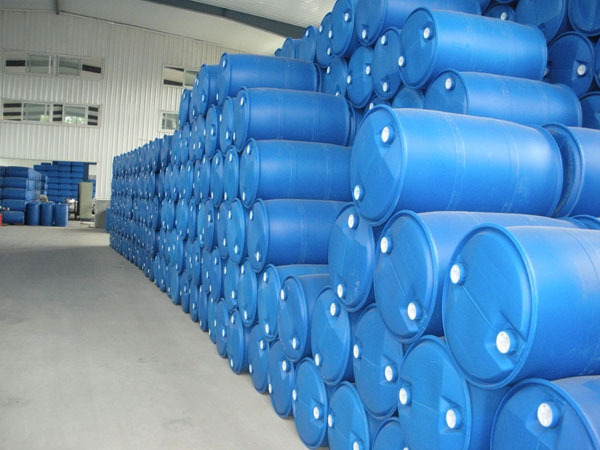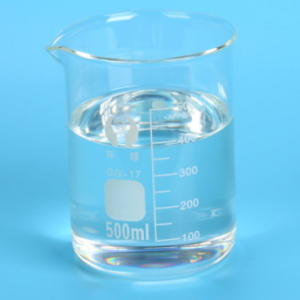Glycerine
Product Registration No.: F20180000380
Product introduction
Glycerol is mainly produced from oil and fat as a by-product in the production of soap and fatty acid. It can also be produced by fermentation of beetroot molasses in the presence of a large amount of sodium sulfite. In chemical synthesis, propylene can be prepared by chlorination and saponification. At present, the main source of medicinal grade glycerol is hydrolysis of palmitoleic acid.
Scope of application
Glycerol is mainly used as antibacterial preservative, softener, moisturizer, plasticizer, solvent, sweetener, etc. in the field of medicine. It is widely used in oral, ear, eye, local and intestinal administration preparations. Glycerol plays different roles in different types of pharmaceutical preparations. For example, it is used as moisturizer and softener in topical preparations such as cream and emulsion, solvent, sweetener, antibacterial preservative and thickener in oral solution preparations, and plasticizer in gelatin soft capsules, membrane coatings and gelatin suppositories.
Glycerol has strict requirements for its concentration when used in different types of preparations. Generally speaking, the concentration of glycerol when used as antibacterial preservative shall be less than 20%, the concentration when used as softener and moisturizer shall not exceed 30%, the depth in sweetener of preparation shall not exceed 20%, the concentration in ophthalmic preparation is generally 0.5% ~ 3.0%, and the concentration in tablet and film coated plasticizer can vary according to specific requirements.
Product advantages
1. Low toxicity
When glycerol is used as a medicinal excipient, it is generally considered to be non-toxic and non irritating. LD50 (guinea pig, oral) was 7.75 g / kg, LD50 (mouse, oral) was 4.1 g / kg, and LD50 (rat, oral) was 12.6 g / kg. Glycerol has also been listed in gras and is approved as a food additive in Europe. It is included in the FDA guidelines for inactive components. The maximum oral dosage is 197.88mg and the maximum percutaneous dosage is 306.20mg.
2. High purity
Glycerol raw material from palm oil is used to avoid high-risk impurities introduced from biodiesel, synthetic glycerol and other sources, and the residue of impurities such as ethylene glycol and diethylene glycol is strictly controlled. Strictly control the contents of inorganic salts, aldehydes, fatty acids, sugars and other impurities, in which the contents of ethylene glycol and diethylene glycol are less than 0.01%, and the contents of unknown impurities are less than 0.05%. The purity of glycerol can reach more than 99.5%.

Gas phase detection Atlas of auxiliary glycerol in Gedian humanwell
3. Better usability
The glycerin produced by Gedian humanwell Pharmaceutical Co., Ltd. has a colorless and clear appearance without peculiar smell, which brings better service quality; At the same time, two different specifications of packaging (25kg / barrel and 250kg / barrel) are provided to meet different customer needs and provide better usability.
Matters needing attention
In preparation production, glycerol is a highly thermal combustible organic substance, Such as strong oxidant (chromium trioxide, potassium chlorate, potassium permanganate, etc.) may react violently or even explode when mixed. Although the reaction rate is low in dilute solution, several other oxidation products will be generated. At the same time, glycerol cannot contact with basic bismuth nitrate and zinc chloride, otherwise the glycerine will turn black and change the properties of the preparation. In addition, when glycerol is used to produce the preparation, one It must be ensured that there is no iron contamination. If there is iron contamination in the reaction, the color of the mixture of glycerol, phenol, salicylic acid and danilic acid will turn black, thus affecting the quality of drugs.
Glycerol is an important basic organic raw material, which is widely used in industry, medicine and daily life. At present, there are about 1700 kinds of uses, mainly used in medicine, cosmetics, alkyd resin, tobacco, food, drinking acid resin, cellulol and explosives, textile printing and dyeing, etc.
IUPAC
propane-1,2,3-triol



































